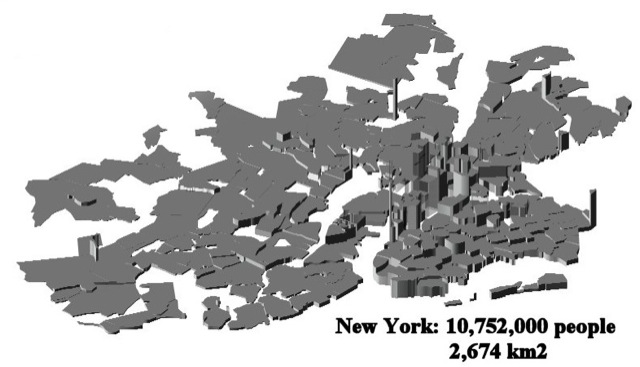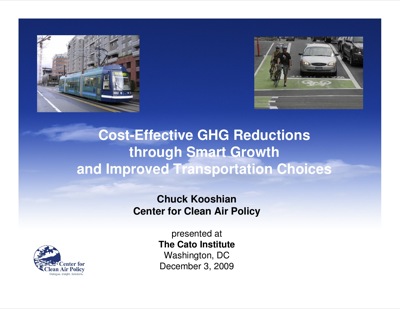Someone named Willis Eschenbach has a blog post arguing that a carbon tax is “crazy” because it will have a negligible effect on how much Americans drive. He observes that the carbon taxes he’s “seen discussed are on the order of $20-$30 per ton” of CO2, and calculates that a tax of $28 per ton equals about 25 cents per gallon of gasoline.
He further calculates that increasing the cost of gasoline by 25 cents reduces per capita driving by about 100 miles per year. Since Americans drive an average of about 10,000 miles per year, this is only 1 percent. “They want to impoverish the poor for that?” he asks.
There are several errors in his analysis, but when I tried to point them out in comments I got lost in an effort to enter a valid on-line name and password. So I’ll just discuss them here. First, let me say that I’m not convinced that anthropogenic climate change is serious enough to warrant huge changes in our society. But if I were, a revenue-neutral carbon tax would be the most sensible change.
Eschenbach’s most important error is his implicit assumption that the best way to measure the effects of a carbon tax on greenhouse gas emissions is by the number of miles of per capita driving. In fact, I’ve argued for years that reducing per capita driving is not a cost-effective way of reducing greenhouse gas emissions, and Eschenbach’s analysis reinforces that: large reductions in driving would require much higher taxes than most analysts believe are necessary to reduce emissions.
Continue reading →


 this smart-growth city (illustrations by
this smart-growth city (illustrations by 







